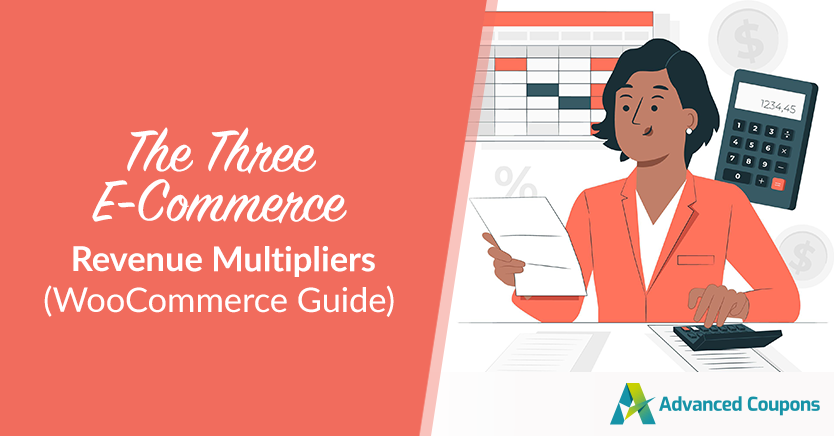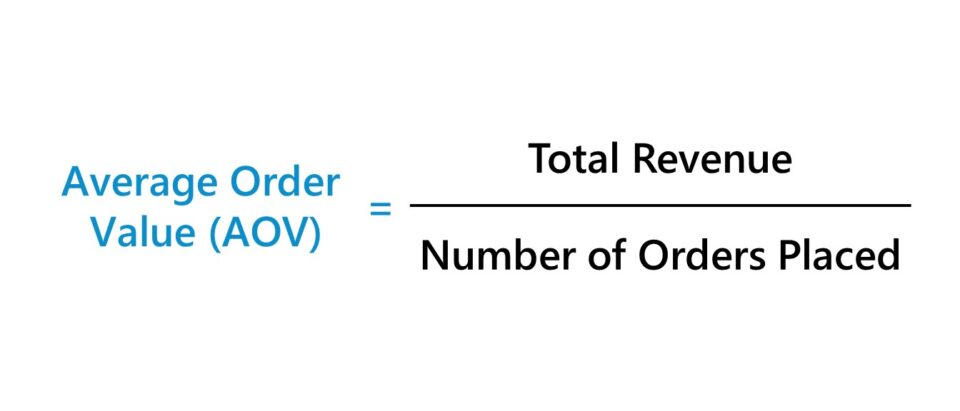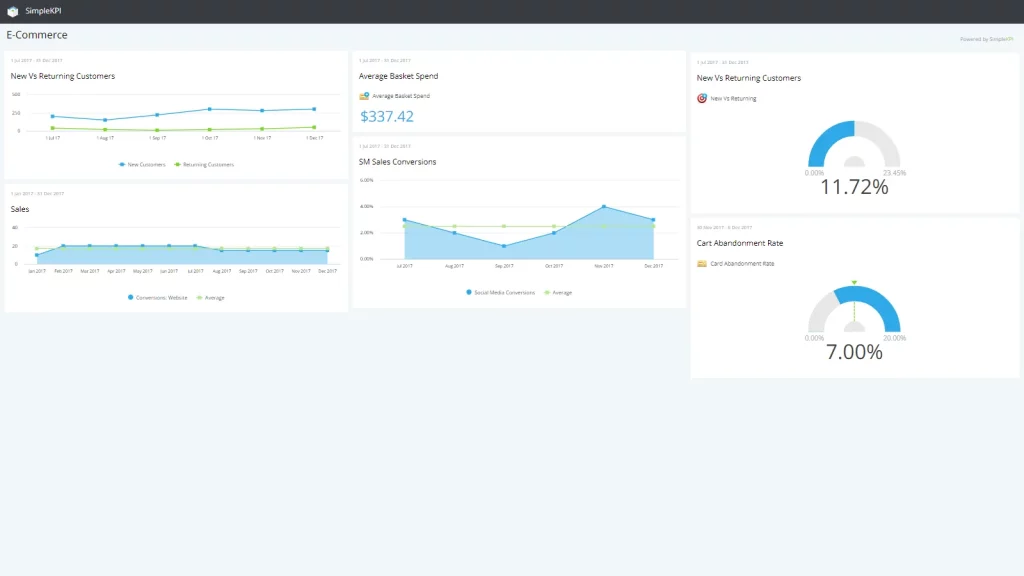
Do you want to double your e-commerce revenue this year? Who wouldn’t want that kind of growth, right?! The key lies in comprehending today’s three e-commerce multipliers!
To maximize your profits and expand your business, you need to grasp three key multipliers that have a huge impact on your business’s overall value. And one common mistake among store owners today is that they don’t fully recognize the power of these multipliers.
In this article, we’ll explore each of these multipliers in detail, providing practical strategies to leverage their potential effectively. We’ll also demonstrate how even a modest improvement in all three areas can lead to a significant revenue boost. So, let’s dive in!
Why You Need To Boost Your E-Commerce Revenue
As an aspiring entrepreneur, or even a seasoned one, boosting your e-commerce revenue may feel like decoding a complex cypher. But, in the constantly evolving world of online business, every click, every sale, and every decision matters.
That’s where understanding the necessity of growing your e-commerce revenue comes into play.
It’s more than just about increasing profit – it’s about creating a sustainable, competitive advantage. And in this article, we’ll dive into the three multipliers that will help you do just that in WooCommerce.
Here’s a video if you prefer to watch rather than read, but I go into more detail in the post below.
The Three E-Commerce Revenue Multipliers
The three critical multipliers that play a significant role in boosting your e-commerce revenue:
Now, let’s break each down:
Multiplier #1: Average Order Volume (AOV)

Your AOV is one of three important metrics that you should be focusing on most. I actually think it could be the most important because it’s the one that has the most potential for easy change.
AOV stands for Average Order Volume and refers to how much a person orders on average when they place an order in your store.
The Average comes from the way you calculate it:
- Take a period
- Export all your orders and their totals
- Sum all of the totals together
- Divide the total by the number of orders
This gives you the AOV for that time.
Monitoring and computing your AOV is something you should do regularly so you can measure the impact of your changes.
For example, if you’ve recently introduced some automated cross-sells and upsells into your email sequence, you might want to measure the AOV from the previous 30-day period where you didn’t have the changes in place vs. this current 30-day period where you did have those changes.
That will give you a great way to compare and check the effect of your changes.
Multiplier #2: Frequency (F)

The frequency multiplier is all about how often your customers order. What is the frequency with which they come back and reorder?
There is an old home truth in marketing that says it is cheaper to market to your existing customers than it is to acquire new customers.
I couldn’t agree more and the simple way to think about it is that to get a new customer, you have to pay money on ads or whatever, and to get another order from your existing customers all you need to do is send an email or contact them in some way to make an offer.
Simple, right?
There are two things you check when measuring frequency:
- For the period you’re examining, how many orders did your customers make on average?
- How long was it before your customers made another order?
By getting a grip on these things you’ll be well-placed to make decisions that affect Frequency.
Multiplier #3: Total Customers (C)

The total number of customers, aka C, is the final way to affect growth.
And it’s probably the most obvious, right? Increase the number of customers, duh.
But it is also probably the hardest.
So here are my 2 quick tips on increasing customers:
1. Can you spend more on ads?
If you end up increasing #1 and #2 you should be able to spend more to acquire a customer, often far more than what your competitors can. That’s the power of increasing those two, it gives you more freedom when trying to increase multiplier #3.
2. Can you have your customers get more customers for you?
You’ve probably heard of the viral coefficient number. It means that for every one customer, how many other customers will that person bring with them?
If you’re amazing and have a VC over 1 you’re doing bloody well.
In fact, you won’t be reading this article because you’ll be off sailing the Caribbean wearing your origami money hats. A VC over 1 is pretty much a license to print money.
Most people have a VC under 1 and that’s OK too, but the higher you make this the more customers will get other customers to come to you for zero acquisition cost.
The Math Bit

I’ll keep this pretty light because I don’t want to give you flashbacks to Math & Economics class.
If you get a 30% increase – which sounds pretty doable, right? – over the next year in each of these categories, you’ll double your revenue.
If 30% sounds like a big stretch in one of these categories and sounds easy in one of the others, then go with a bigger percentage on that one instead.
But keep that 30% target on the board and you’ll be on track to double up in no time.
Conclusion
Growing your e-commerce revenue is not a one-size-fits-all approach. It requires a thorough understanding of various factors and metrics, including the three multipliers discussed in this guide.
Speaking of which, in this article, we shared 3 essential e-commerce multipliers that will help you double your revenue in no time:
Do you have any questions about this article? Let us know in the comments!






